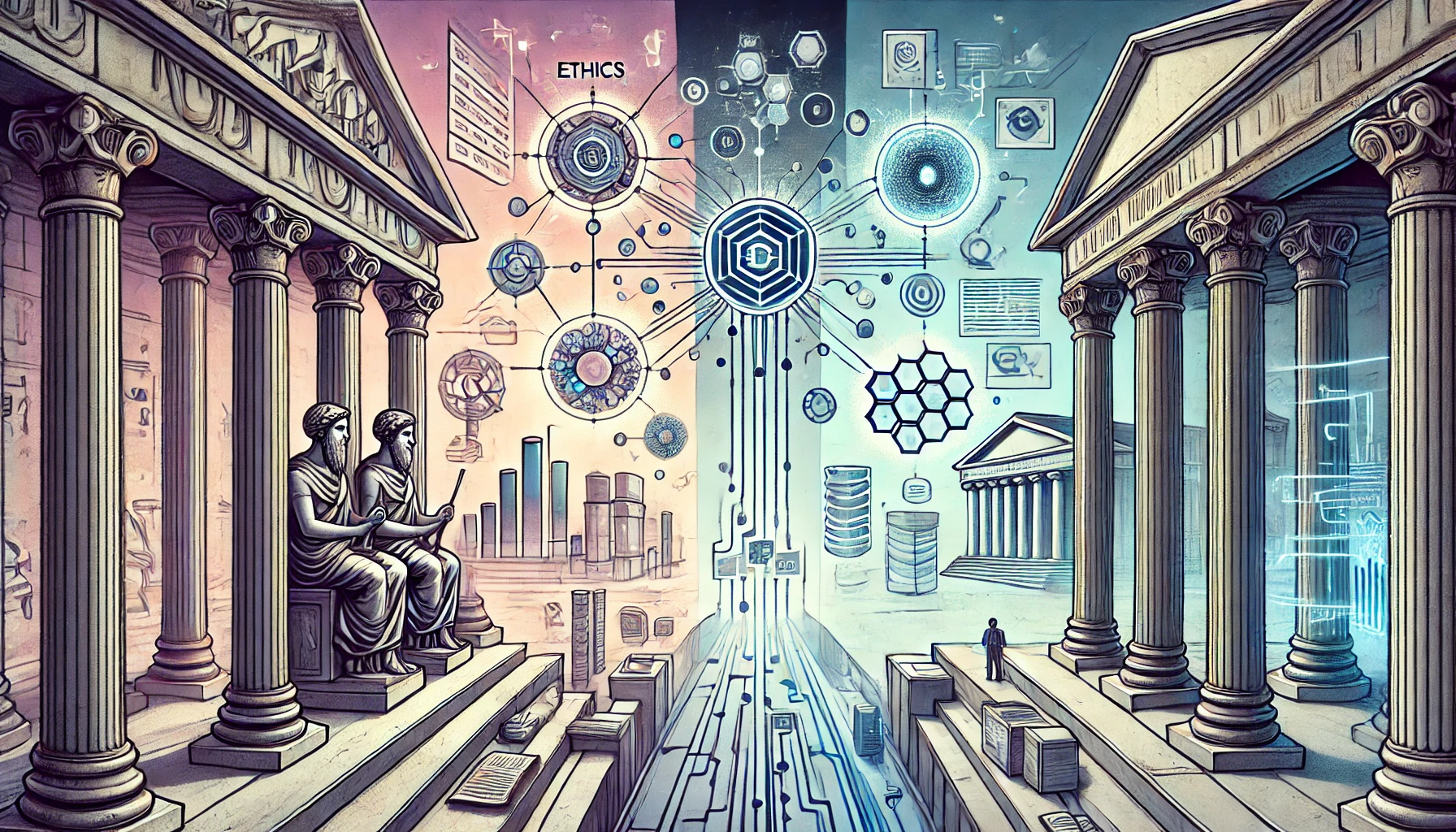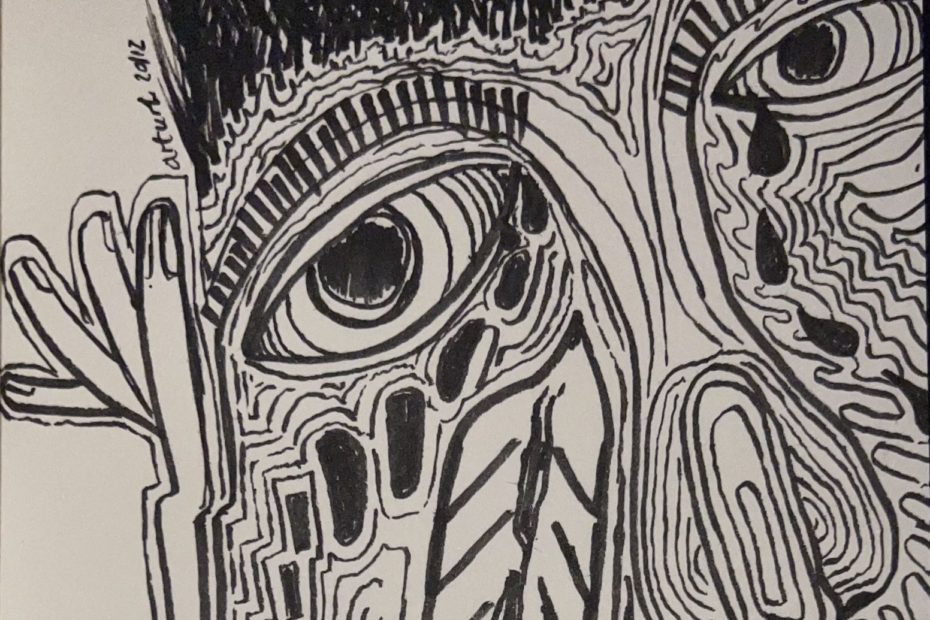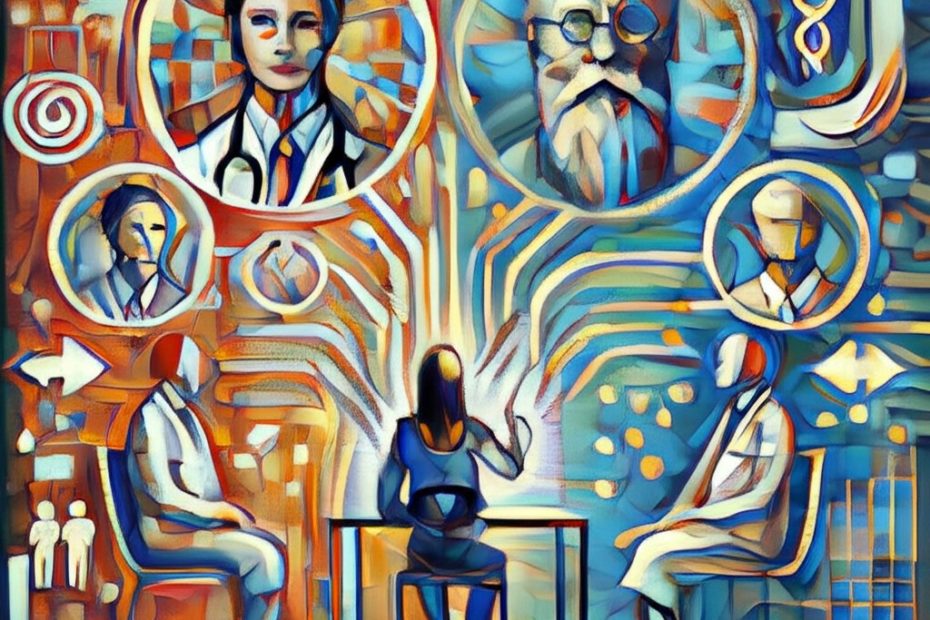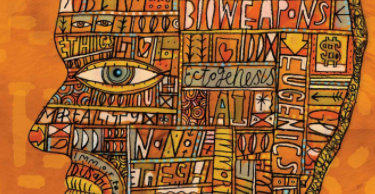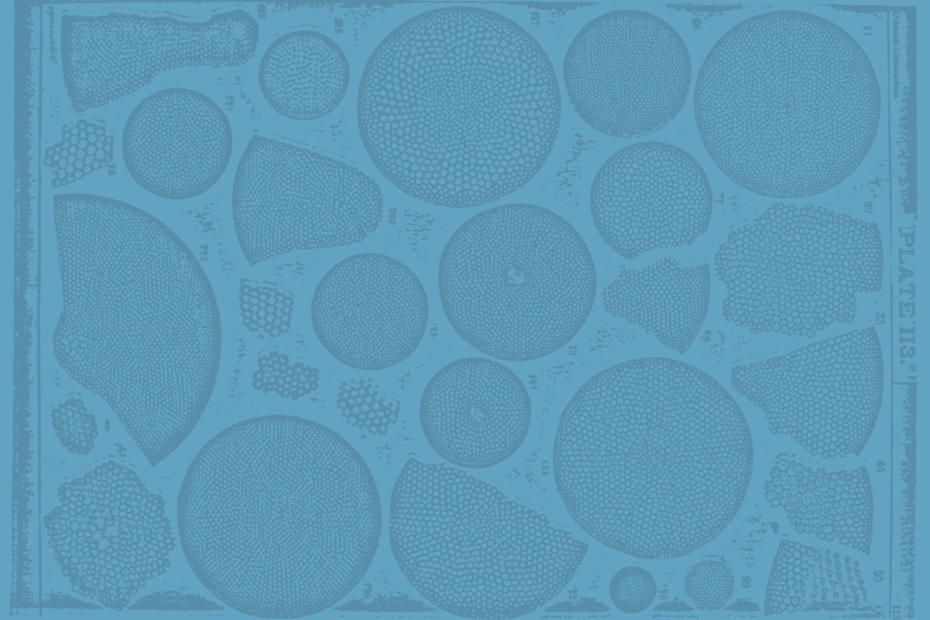‘Global health’: a problematic concept?
What makes health ‘global’? This is the question I have addressed in a recent article in the journal Developing World Bioethics. I am afraid, however, that I don’t have an answer. Nor was answering the aim of the article. After all, many definitions of ‘global health’ exist in the literature and most of them are… Read More »‘Global health’: a problematic concept?



